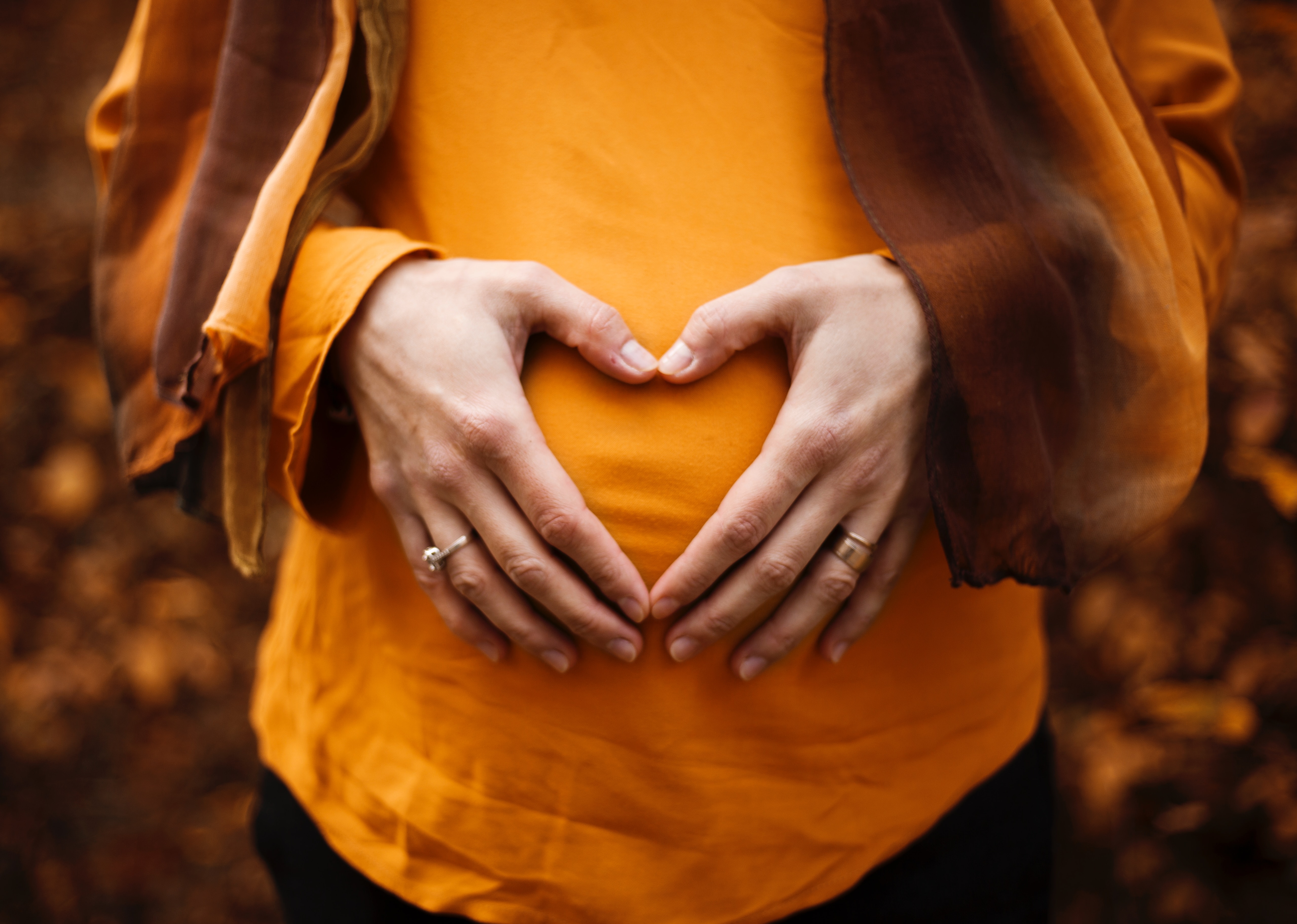“What is going on?” Pregnant women living near farm fields show increased weed killing chemical in their urine
by Carey Gillam
Pregnant women living near farm fields show “significantly” increased concentrations of glyphosate weed killer in their urine during seasonal periods when farmers are spraying their fields with the pesticide, according to a new scientific paper published Wednesday.
The research team said the findings were concerning, given recent studies that have associated gestational exposure to glyphosate with reduced fetal growth and other fetal problems.
“If the developing fetus is especially vulnerable to glyphosate, it is critical to understand the magnitude and sources of exposure during this critical developmental period,” the new paper states. The authors include researchers from the University of California, Berkeley; the University of Washington; King’s College London; Boise State University; and the US Centers for Disease Control and Prevention (CDC).
The results were also considered somewhat surprising because none of the women studied worked with glyphosate or other pesticides or had a household member who worked with pesticides, said Cynthia Curl, associate professor at Boise State and lead author on the paper.
“What is going on? Is it drifting more than we think? Is it adhering to soil particles which then blow around and end up in people’s house dust? Is it drinking water? Until we figure that out we can’t suggest the right interventions,” Curl said.
Follow-up research will collect household dust and water samples to try to determine routes of exposure, Curl said.
Prior findings by the same research team found that pregnant women cut levels of glyphosate in their urine when eating an organic diet – unless they lived near farm fields.
Fears of “toxic effects”
Glyphosate is the world’s most widely used herbicide and is the active ingredient in products sold around the world, including the widely used Roundup brand developed by Monsanto and now owned by Bayer after Bayer’s 2018 acquisition of Monsanto.
To evaluate the exposure of glyphosate in pregnant women, the research team collected 453 urine samples biweekly from 40 pregnant women in southern Idaho from February through December of 2021. Women were considered to be living near a farm field if they resided less than .5 kilometer, or roughly .3 of a mile, from an actively cultivated field.
In those living near the fields, glyphosate was detected both more frequently and at much higher concentrations during the months when farmers were spraying glyphosate than during the periods when they were not spraying. Those participants living farther away still showed glyphosate in their urine, but the frequency and concentrations stayed relatively unchanged throughout the year.
“Sadly, I am not surprised that pregnant women who live near fields sprayed with glyphosate have elevated levels of glyphosate in their bodies during the spraying season,” said Philip Landrigan, director of the Program for Global Public Health and the Common Good at Boston College. “This situation is analogous to the elevated exposures to benzene, 1,3-butadiene and other toxic plastics chemicals that have been documented in women who live in ‘fenceline’ communities near ‘crackers’ and other plastic and chemical production facilities.”
“While this finding is hardly surprising, it is still important because it has clear implications for developmental toxic effects in the womens’ children,” he added.
Though glyphosate has been on the market for more than 50 years, it is only within the last few years that researchers have started to document the extent of human exposure.
According to research published in 2017 by University of California San Diego School of Medicine researchers, both the amount and prevalence of glyphosate found in human urine has been rising steadily since the 1990s when Monsanto Co. introduced genetically engineered crops designed to be sprayed directly with Roundup,
In 2022, a unit of the CDC reported that out of 2,310 urine samples collected, 1,885 – more than 80% – were laced with detectable traces of glyphosate. And in a recent population-based survey in France, glyphosate was found in 99% of urine samples collected from close to 7,000 participants.
Questions over safety
More than 250 million pounds of glyphosate are used annually by US farmers on their fields. The weedkiller is sprayed directly over genetically engineered crops such as corn and soybeans, and also over non-genetically engineered crops such as wheat and oats as a desiccant to dry crops out prior to harvest. Many farmers also use it on fields before the growing season, including spinach growers and almond producers. It is considered the most widely used herbicide in history.
Residues of glyphosate have been documented in an array of popular foods made with crops sprayed with glyphosate, including baby food.
The companies selling glyphosate products say they are safe and that residues in food and in human urine are not a health risk. But many researchers disagree and say there is a large body of evidence linking glyphosate exposure to disease. The International Agency for Research on Cancer, a unit of the World Health Organization, classified glyphosate as a probable human carcinogen in 2015. The US Environmental Protection Agency (EPA) has taken the opposite stance, classifying glyphosate as not likely to be carcinogenic.
Thousands of people suffering from cancer sued Monsanto blaming Roundup exposure for their illnesses and Bayer has paid out billions of dollars in settlements to date, though many cases remain unsettled and trials are ongoing.
A separate study by a different group of researchers, published Dec. 2, utilized CDC data in determining that recent exposure to glyphosate “could be associated with increased mortality.” The authors of that work said more studies are needed to “understand population level risk associated with the product, given its widespread use in agriculture.”
(A version of this story is co-published by The Guardian.)
(Featured photo by Alicia Petresc on Unsplash.)


